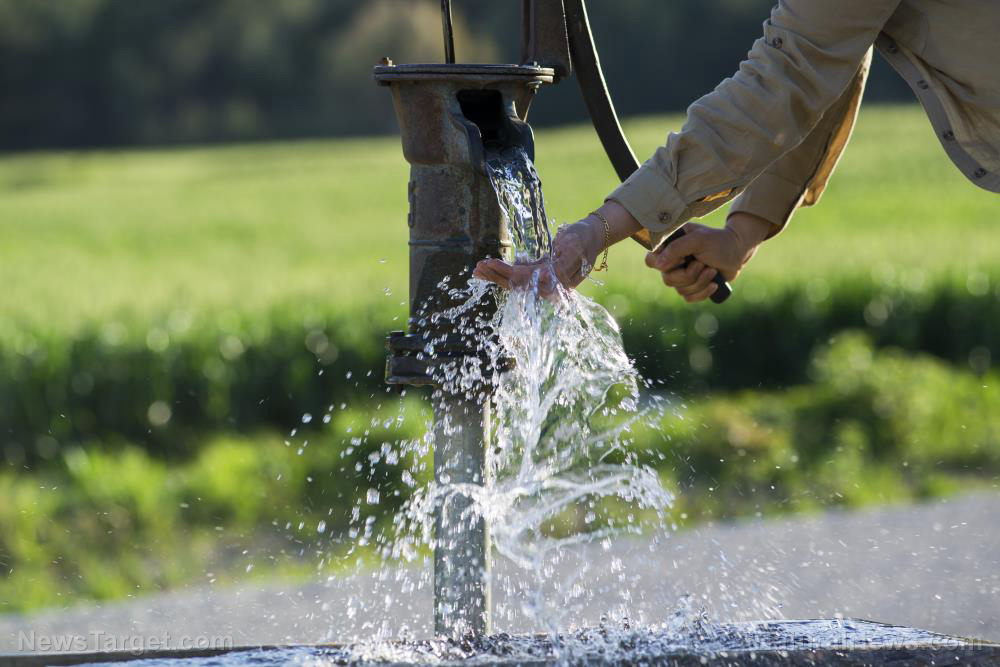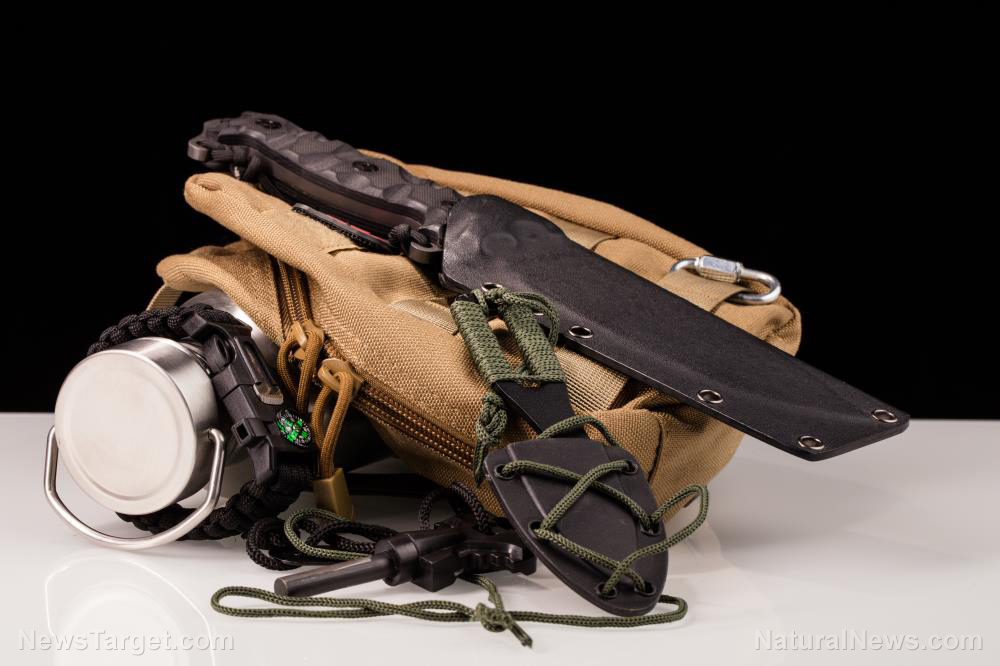Not a mountain monk? You don’t have to bug out to the woods when SHTF; try these places instead
06/22/2019 / By Zoey Sky

Both experienced preppers and newbies seem to be under the impression that when SHTF, it’s best to bug out in remote forests. There’s technically nothing wrong with that, but if you’re not into staying in the wilderness, how about trying out unconventional bug-out locations like campgrounds or even ghost towns? (h/t to SurvivalSullivan.com)
A lone wolf survival plan isn’t ideal for most people, unless you’re a hardened survivalist with a wide range of skills. When society collapses, you would have to worry about landowners. Just because SHTF doesn’t mean other preppers would hesitate to shoot you if you trespass on their property.
To make things easier for yourself, consider bugging out in these uncommon yet practical locations for preppers. (Related: Is it time to bug out? Tips for deciding when to leave.)
Land that you already own (or are buying)
Most preppers already secured their bug-out locations (BOL) and it would be a waste not to use it when SHTF. When choosing land for your BOL, consider an area that’s a good distance outside of densely populated areas.
Ideally, your BOL should be near a clean source of water, like a well, underground spring, lake, or a pond. After buying your property, prepare the location by setting up your survival supply and preparing a sustainable rainwater catchment system. You would also need alternate energy sources like solar power.
Good preppers familiarize themselves with the area right away. Don’t wait until SHTF before you memorize good hunting or fishing spots. You should also check if the property has good soil quality for a garden and a wide variety of wild edibles.
The home of a relative or close family friend
If you don’t have the budget to buy property for BOL, consider bugging out in the home of a trusted relative or family friend. First, you need to think of who would be willing to open their doors to you when SHTF. Does anyone else in the family prep? Do you have friends who have plans to bug in?
Once you find a relative who wants to team up with you or your family when disaster strikes, you may finalize a plan before anything happens in your neighborhood. You could secure your supplies in their home and help them stock up on fuel or other items they might need.
When SHTF, you would have one less thing to worry about and more manpower for crucial survival tasks like securing the perimeter and fortifying the location.
Campgrounds
Campgrounds are worth considering if you’re bugging out short-term. Try to find a campground that’s fairly close to your home and a handful of others farther away as a backup.
In your free time, try visiting these campgrounds to see how busy they get during camping season. Stick with a location that doesn’t get too crowded, then ask the staff if they allow people to use their site as a bug-out location when SHTF.
If you don’t have the budget to purchase land for your bug-out site, the fees for a campground are a more affordable alternative. Campgrounds are a relatively safe option for those who want to stay somewhere temporarily until it’s safe to return home.
Ghost towns
Ghost towns are a feasible option, but before you move your supplies to a location, you must review the laws and regulations concerning trespassing in the area.
Abandoned towns are usually isolated and you may find structures that could still be used for temporary shelter during an emergency. Try to find a ghost town that’s near fresh water, but make sure that the structure you choose is stable. It should also be easy to defend and fortify, with one natural barrier and a secure vantage point.
Read up on your potential bug-out locations. Try to visit them in your free time to determine if they would suit your needs, then you could make the necessary preparations to ensure that you and your family would have somewhere safe to bug out in when SHTF.
Sources include:
Tagged Under: bug out, bugout location, bugout shelter, campgrounds, Collapse, disaster, factories, ghost towns, industrial buildings, off grid, preparedness, prepper, prepping, SHTF, survival, temporary shelter, warehouses
RECENT NEWS & ARTICLES
Homesteading.News is a fact-based public education website published by Homesteading News Features, LLC.
All content copyright © 2018 by Homesteading News Features, LLC.
Contact Us with Tips or Corrections
All trademarks, registered trademarks and servicemarks mentioned on this site are the property of their respective owners.



















